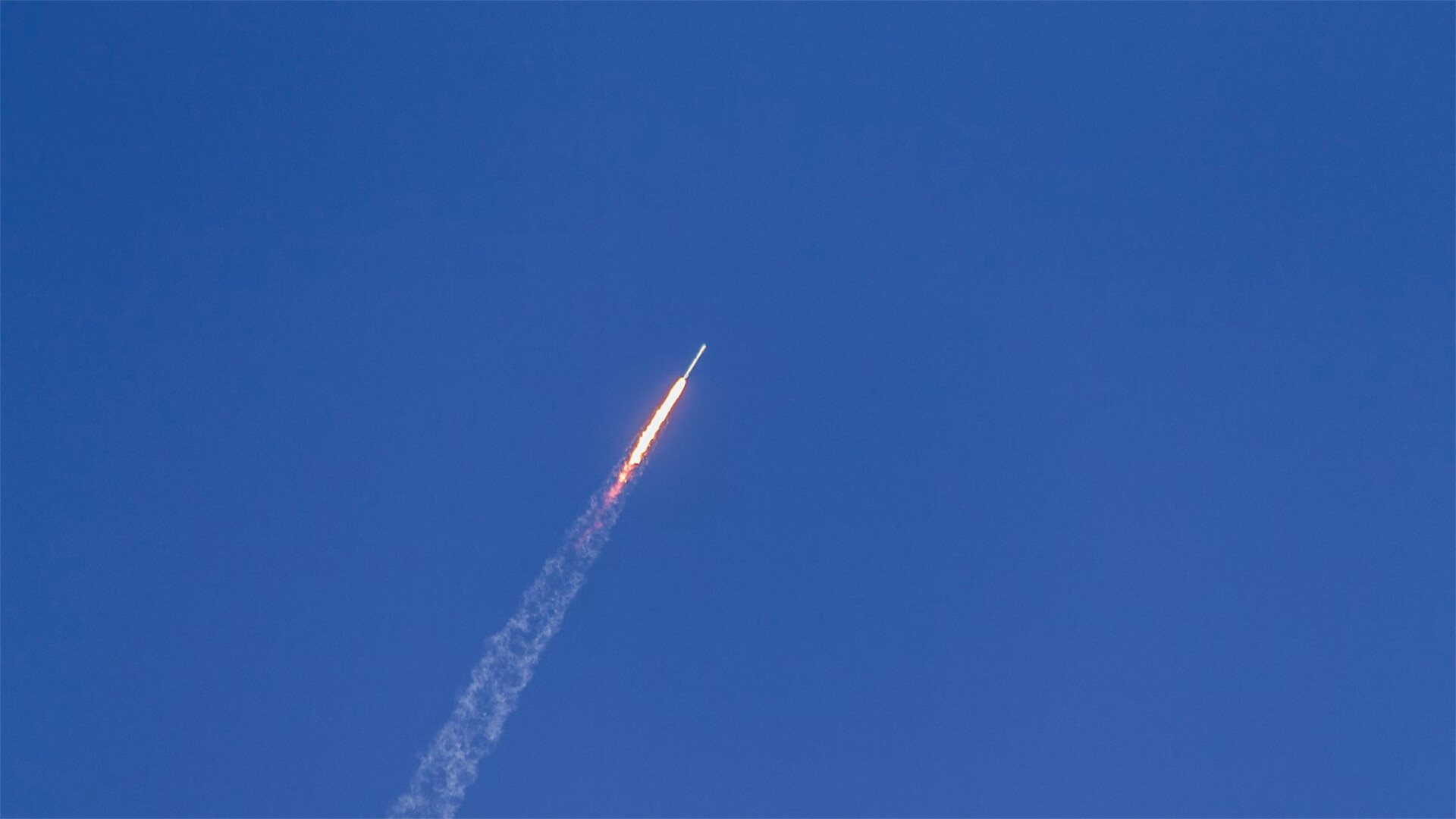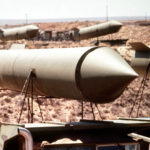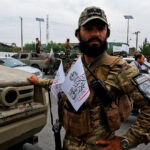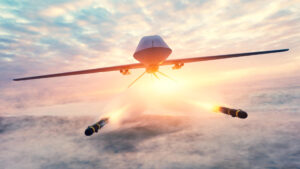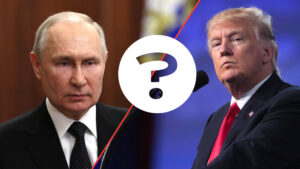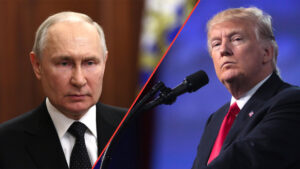We’re back with part two of Russia’s missile-sourcing escapade. Today we’re looking at the specifics of these North Korean missiles and their significance.
The North Korean’s are sending the Russians some of their KN-23 and 25 missiles, which are limited range (max. 400 miles) and low accuracy models. This means that each of these missiles is a war crime waiting to happen, but what’s another drop in that bucket? Unfortunately, this has just dumped a new load of gasoline onto the fire that is the Ukraine War.
The Russians will be able to use these missiles in conjunction with satellite guidance to close in that accuracy ring a bit. In the meantime, they’ll be gathering insights on the technological capabilities of the North Korean and Iranian missile systems.
Once the Russians mesh the missile and satellite tech together, the Ukrainians will be facing a much more intimidating Russia than before.
Here at Zeihan On Geopolitics we select a single charity to sponsor. We have two criteria:
First, we look across the world and use our skill sets to identify where the needs are most acute. Second, we look for an institution with preexisting networks for both materials gathering and aid distribution. That way we know every cent of our donation is not simply going directly to where help is needed most, but our donations serve as a force multiplier for a system already in existence. Then we give what we can.
Today, our chosen charity is a group called Medshare, which provides emergency medical services to communities in need, with a very heavy emphasis on locations facing acute crises. Medshare operates right in the thick of it. Until future notice, every cent we earn from every book we sell in every format through every retailer is going to Medshare’s Ukraine fund.
And then there’s you.
Our newsletters and videologues are not only free, they will always be free. We also will never share your contact information with anyone. All we ask is that if you find one of our releases in any way useful, that you make a donation to Medshare. Over one third of Ukraine’s pre-war population has either been forced from their homes, kidnapped and shipped to Russia, or is trying to survive in occupied lands. This is our way to help who we can. Please, join us.
TranscripT
Hey everybody. Peter Zeihan here coming to you from? Well, there’s no other word for it. It’s a frigid Colorado this morning. We’re right at two degrees Fahrenheit. Anyway, I want to do a follow on to a little bit. We we talked yesterday on the transfer of North Korean missiles to Russia. The models in question are called KN-23 and 25.
They have a very limited range and they’re not particularly accurate when the North Koreans use them. The accuracy range is typically 100 to 200 meters. So they’re not much. Well, they’re just not smart. There are most artillery actually hits more reliably than they do with the add on of satellite guidance. And a little bit of extra hardware. You could probably get them into the 50 to 100 meter range.
Now, this is important for two reasons. Number one, it means that every missile that the Russians fire in the general direction of a population center, which is where most of these things are being used in Ukraine, is almost by definition a war crime. So, you know, we’re we’re now getting half of we’re past 150,000 documented incidents. So if the war crimes tribunals ever do happen to happen at the end of this war, who is to be a lot to do?
But the second and slightly more important in the long range point of view is the assistance, the military assistance, the supply assistance that the North Koreans and to a lesser degree the Iranians are providing the Russians. Is it just important for the war or to get an intelligence look at what the North Korean and the Iranian systems can do technologically?
And from a production point of view, the Russians are also promising that both countries are satellite tech, or at least the ability of the Russians to launch a satellite for them. And so if you marry Russian satellite tech, which doesn’t have to be top notch to provide guidance to C weapon systems, and you apply it to these two laggard countries, you can actually make a fairly significant improvement in their capacity to target going from a 200 meter range to a 100 meter range, obviously is a significant step up.
So I don’t mean to belittle any part of this transfer system that is going on. It’s just a question of time. Okay. That’s all I got for now.

